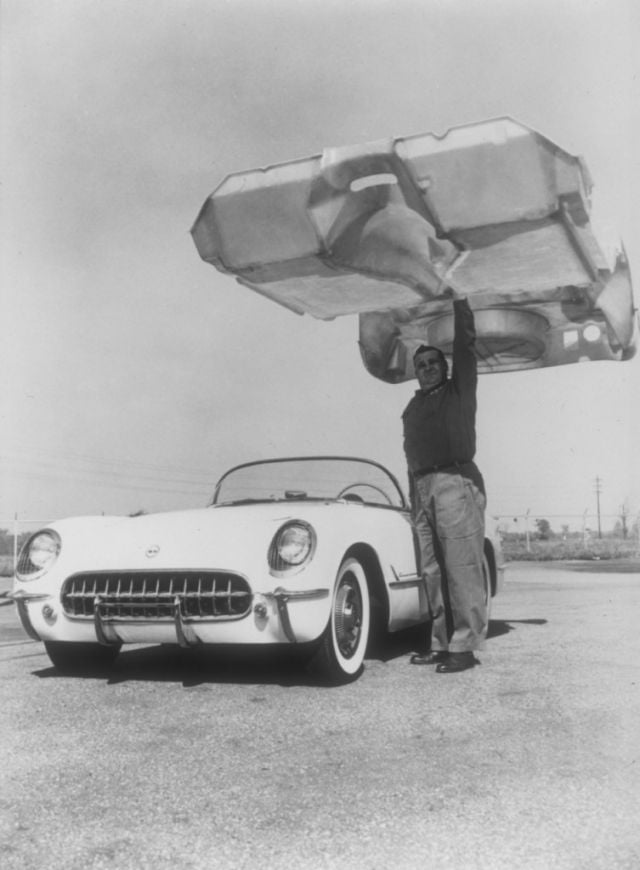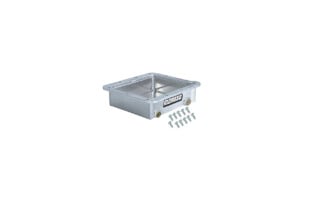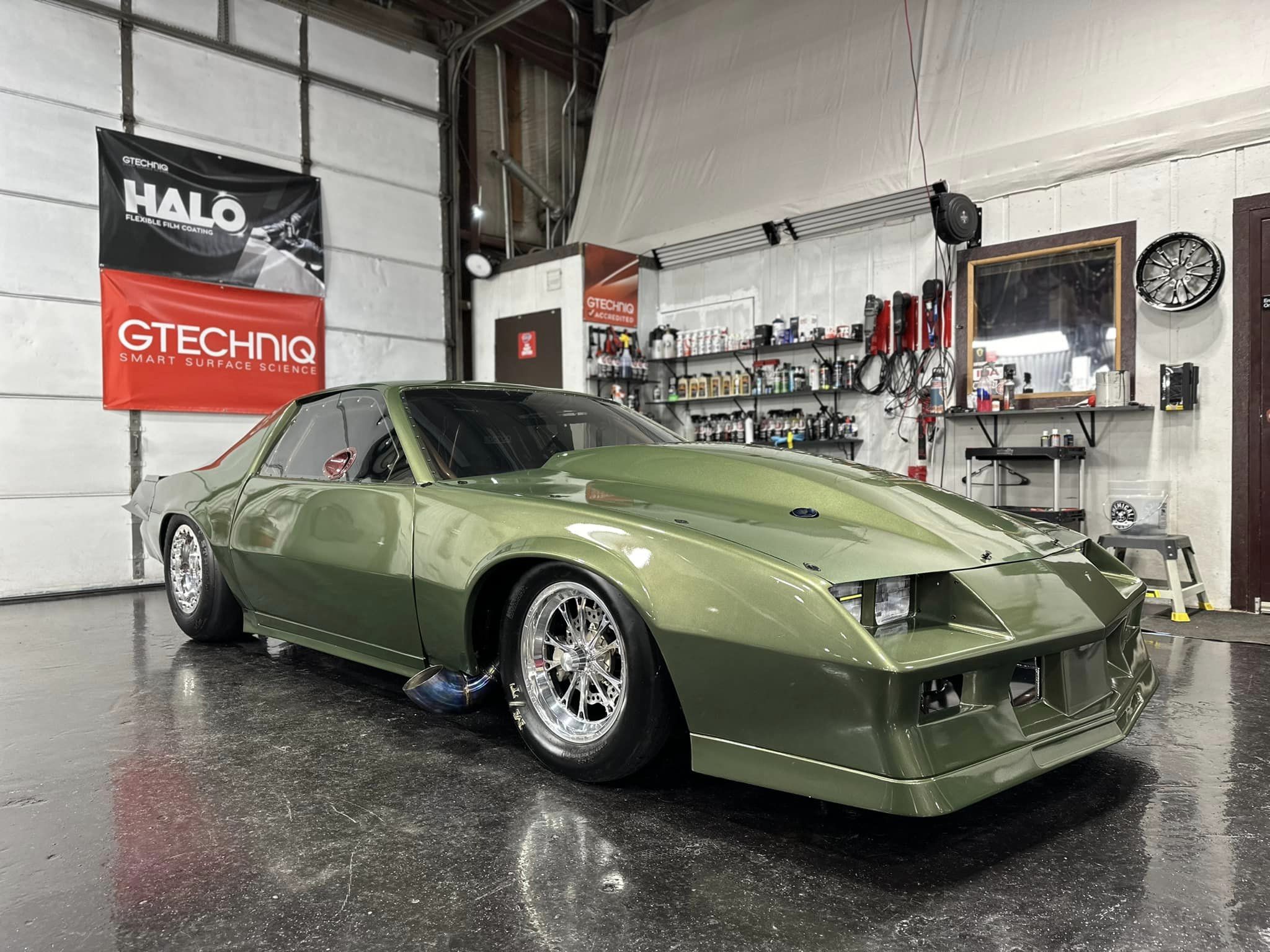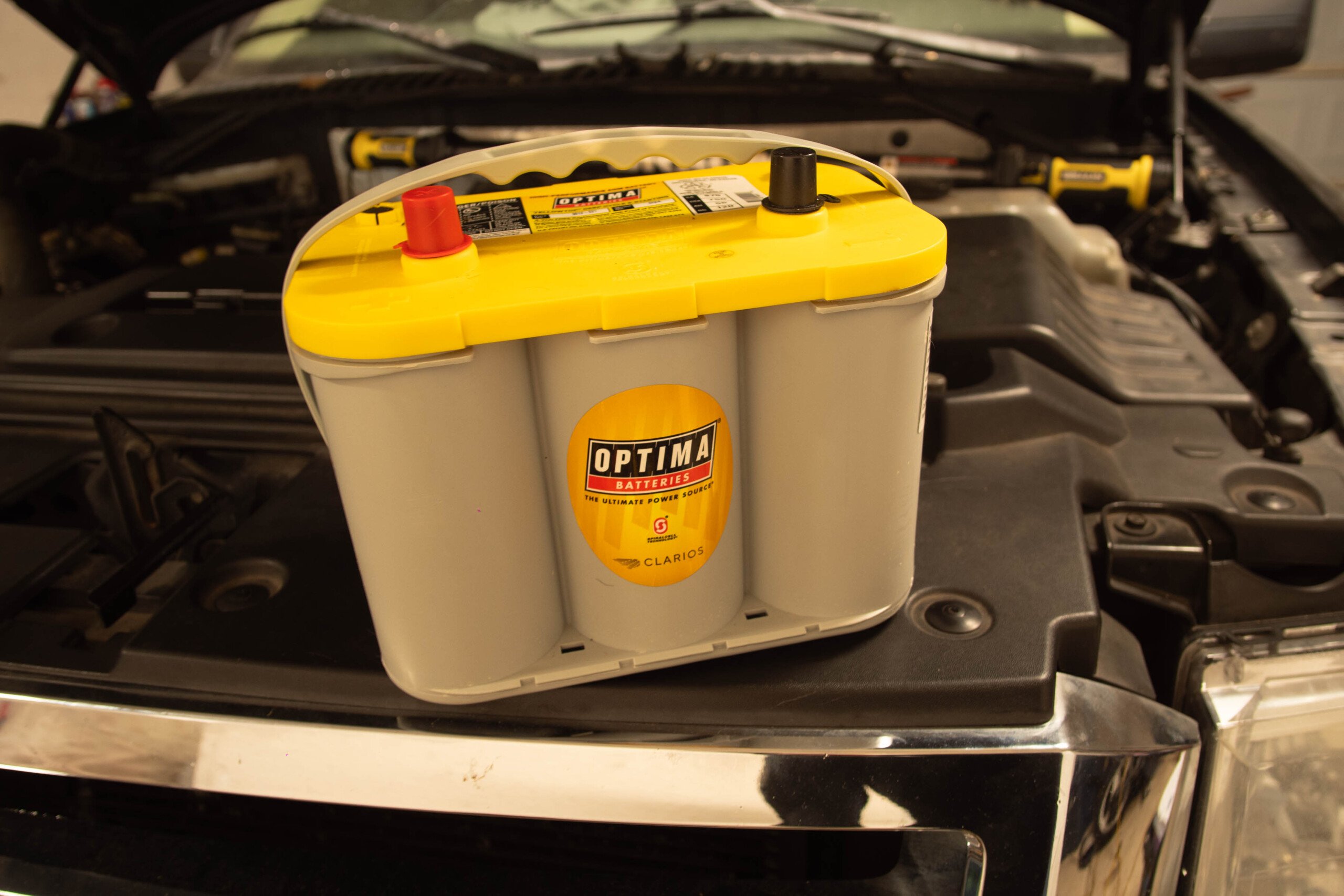Today, many cars use composite body panels that are lightweight and durable, but late-model Corvettes continued to lead the way with innovation in materials, design, and “added lightness” – the C5’s hydroformed steel frame rails, floor sections made with a sandwich of materials around a balsa wood core, and the C5 Z06’s titanium exhaust combined with the all-aluminum LS powerplant to make this generation actually lighter than the C4 that preceded it. The current C6 Z06 took things a step farther with aluminum replacing steel in the frame, magnesium in the roof structure, and carbon fiber fenders.
“Corvette has never been focused on an exclusive material – be it aluminum, carbon fiber, or fiberglass,” said Corvette Executive Chief Engineer Tadge Juechter. “Instead, we are constantly looking for the best materials structure, powertrain, and chassis to improve the performance of Corvette.”
For more information on the history of Y-body materials and design, be sure to check out Fiberglass to Carbon Fiber: Corvette’s Lightweight Legacy.

The 1984 C4 Corvette had "stage coach" springs, if your stage coach happened to use a lot of high-tech composites...



















